Polynesian - Polynesian Insights and Learning
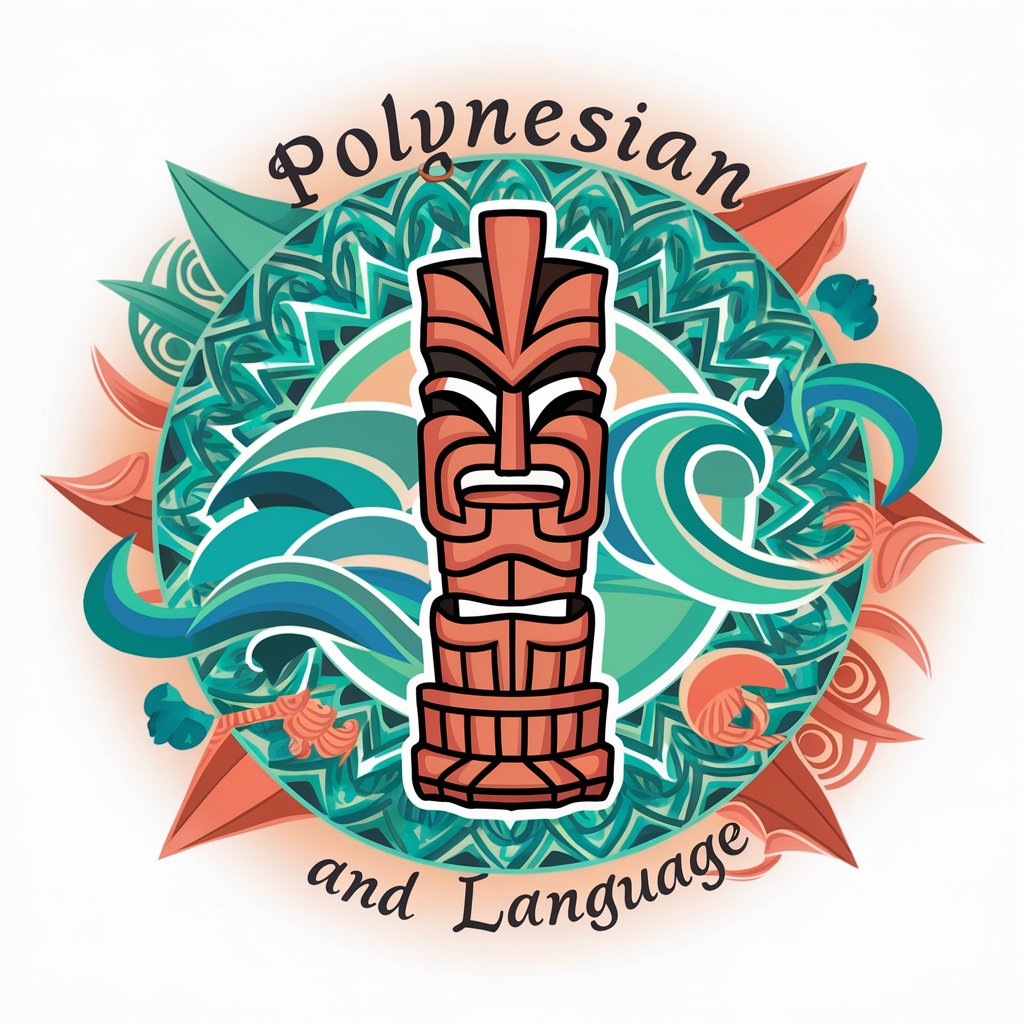
Welcome! Let's explore the beauty of Polynesian languages and cultures together.
Explore Polynesian Culture and Language with AI
Translate the phrase 'Welcome to our home' into Hawaiian and explain its cultural significance.
What are the key differences between Maori and Samoan languages?
Describe a traditional Polynesian dance and its cultural importance.
What are some common misconceptions about Polynesian languages and cultures?
Get Embed Code
Introduction to Polynesian GPT
Polynesian GPT is designed as a specialized tool to dive deep into the rich tapestry of Polynesian languages and cultures. It serves as a bridge between the curious minds and the diverse linguistic landscape of the Polynesian triangle, stretching from New Zealand in the Southwest to Hawaii in the North and Easter Island in the Southeast. This AI model provides translations, cultural insights, and educational resources, aiming to promote understanding and appreciation of Polynesian heritage. For instance, when a user wants to learn how to greet in Hawaiian, a Polynesian language, Polynesian GPT can not only translate 'Hello' to 'Aloha' but also explain the cultural significance of the word, showcasing its use in various contexts and its embodiment of warmth and hospitality. Powered by ChatGPT-4o。

Main Functions of Polynesian GPT
Translation Services
Example
Translating phrases from English to various Polynesian languages such as Maori, Samoan, or Tahitian.
Scenario
A tourist planning a trip to Samoa uses Polynesian GPT to learn basic Samoan phrases. They input 'Thank you' and receive not just the translation 'Fa'afetai,' but also tips on pronunciation and when it's culturally appropriate to use the phrase.
Cultural Insights
Example
Providing detailed explanations about Polynesian traditions, values, and practices.
Scenario
A student researching Polynesian navigation techniques asks about the ancient Polynesian wayfinding. Polynesian GPT offers a comprehensive overview of the stars, wind, and wave patterns used for navigation, including historical context and its resurgence in modern times.
Educational Resources
Example
Sharing learning materials, course recommendations, and language learning tips for Polynesian languages.
Scenario
An individual interested in learning Maori uses Polynesian GPT to find recommended online courses, books, and community groups focused on the Maori language and culture, tailored to their learning style and proficiency level.
Language Quizzes
Example
Conducting interactive quizzes to test and improve the user's knowledge of Polynesian languages.
Scenario
A user regularly practicing Tongan vocabulary engages with Polynesian GPT to take a quiz. The quiz challenges their knowledge with practical scenarios, such as understanding Tongan menus or conversing with a local, enhancing their learning experience.
Ideal Users of Polynesian Services
Language Learners
Individuals or students interested in learning Polynesian languages and seeking a comprehensive tool for translation, cultural insights, and resources. They benefit from Polynesian GPT's tailored educational content and interactive quizzes to enhance their learning journey.
Cultural Enthusiasts
People fascinated by Polynesian cultures and traditions, looking to deepen their understanding of the region's history, values, and practices. Polynesian GPT offers them detailed insights and anecdotes, bringing them closer to the essence of Polynesian life.
Travelers and Expatriates
Tourists, business travelers, or expatriates moving to a Polynesian region who wish to familiarize themselves with the local language and customs. Polynesian GPT provides practical translation services and cultural tips to help them navigate social situations more effectively.
Academics and Researchers
Scholars and researchers studying Polynesian languages, history, or anthropology who require accurate information and linguistic tools. Polynesian GPT serves as a valuable resource for accessing detailed cultural insights and linguistic data.

How to Use Polynesian
Start your journey
Begin by exploring yeschat.ai for a complimentary trial, accessible without the need for a login or ChatGPT Plus subscription.
Identify your goals
Determine your objectives with Polynesian, whether for language learning, cultural exploration, or academic research.
Engage with content
Utilize the available resources and quizzes to deepen your understanding of Polynesian culture and language.
Practice regularly
Incorporate Polynesian into your daily routine to enhance retention and fluency, using interactive tools and conversational practice.
Explore further
Expand your knowledge by exploring related Polynesian languages and cultures to gain a broader understanding of the region.
Try other advanced and practical GPTs
Biblical Scholar
Unlocking ancient scriptures with AI
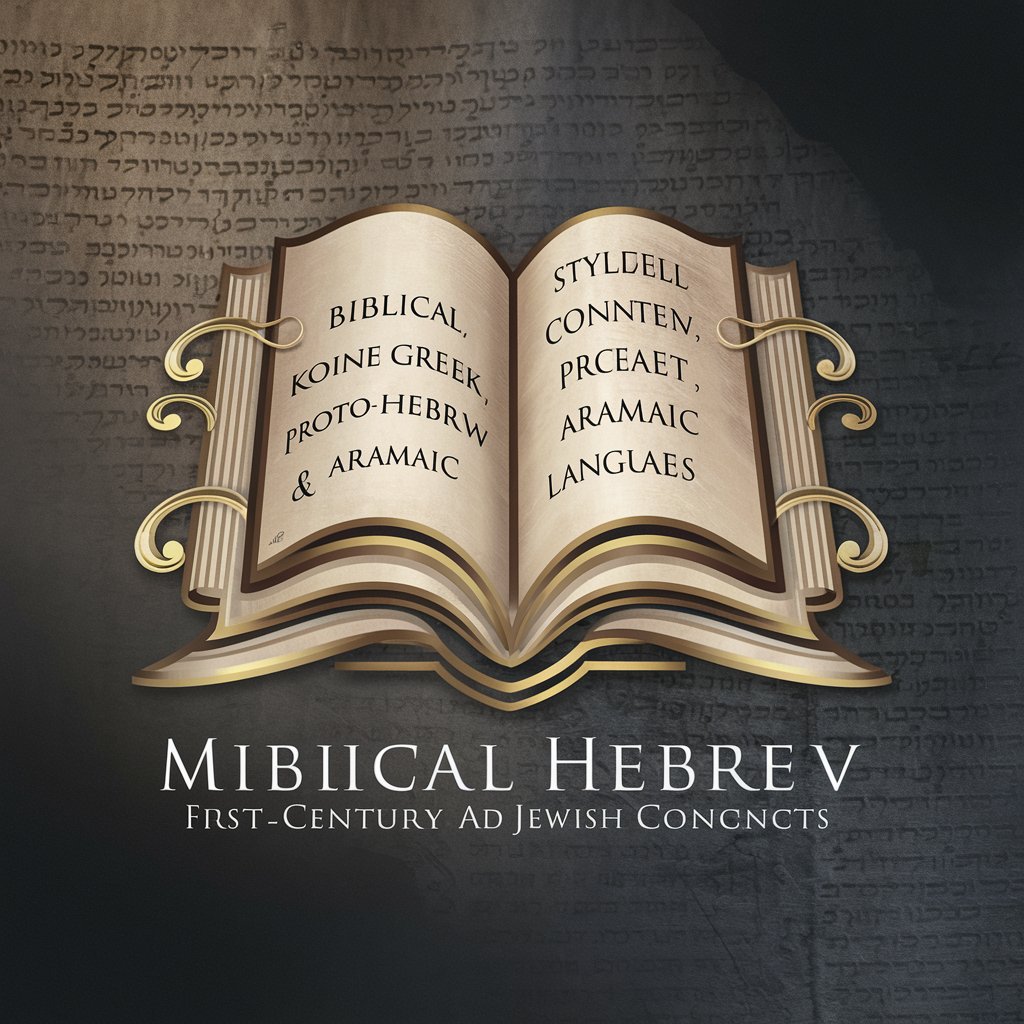
Indonesian
Master Indonesian with AI-powered assistance

Turkish
Master Turkish with AI-powered insights
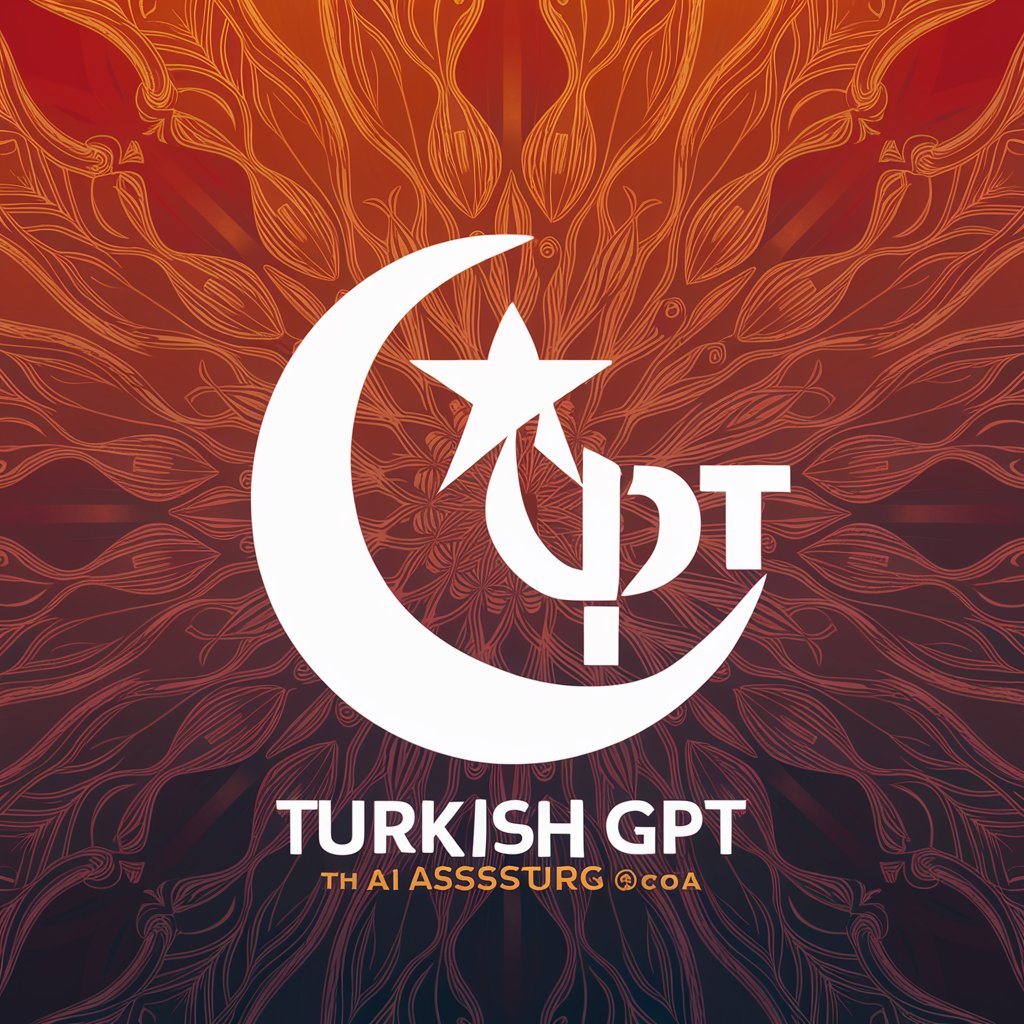
Portuguese
Master Portuguese with AI-Powered Insights

Egyptian Arabic
Master Egyptian Arabic with AI
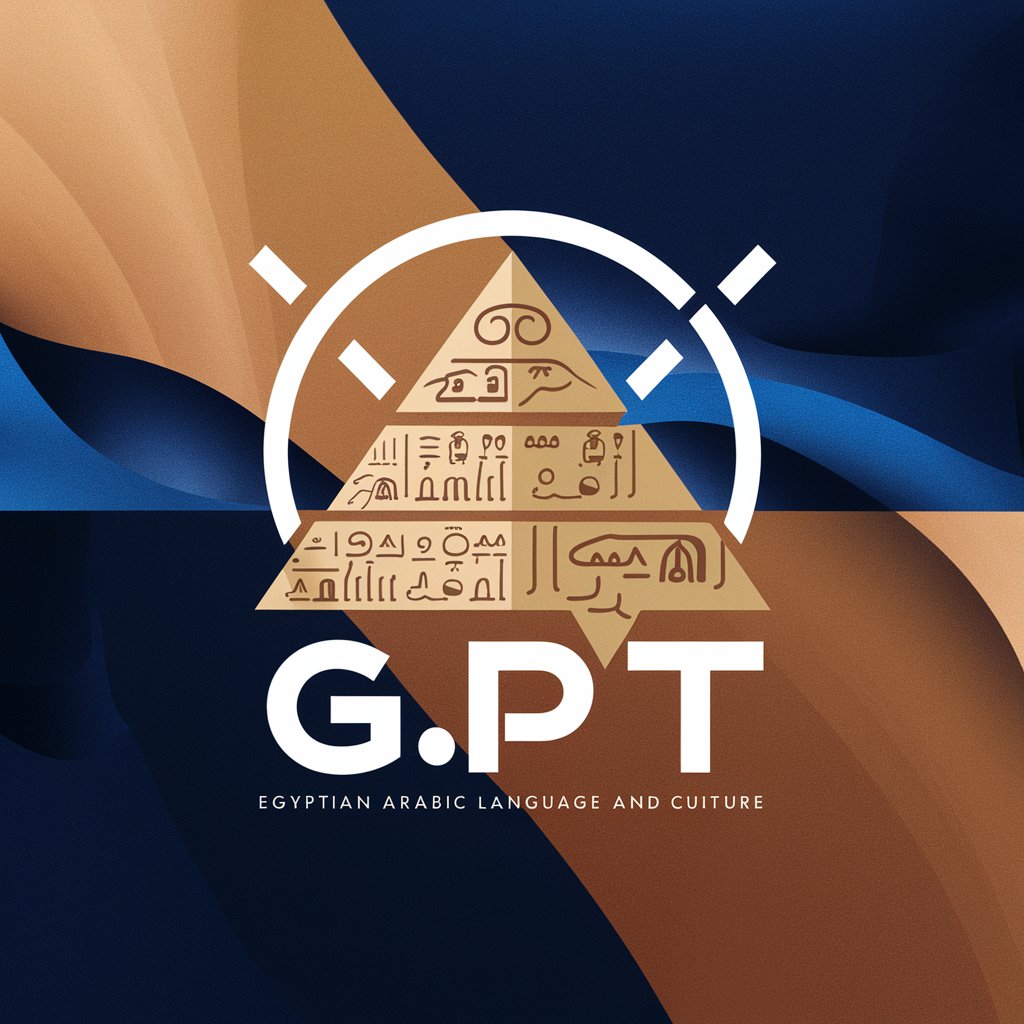
Tagalog
Master Tagalog with AI-powered precision
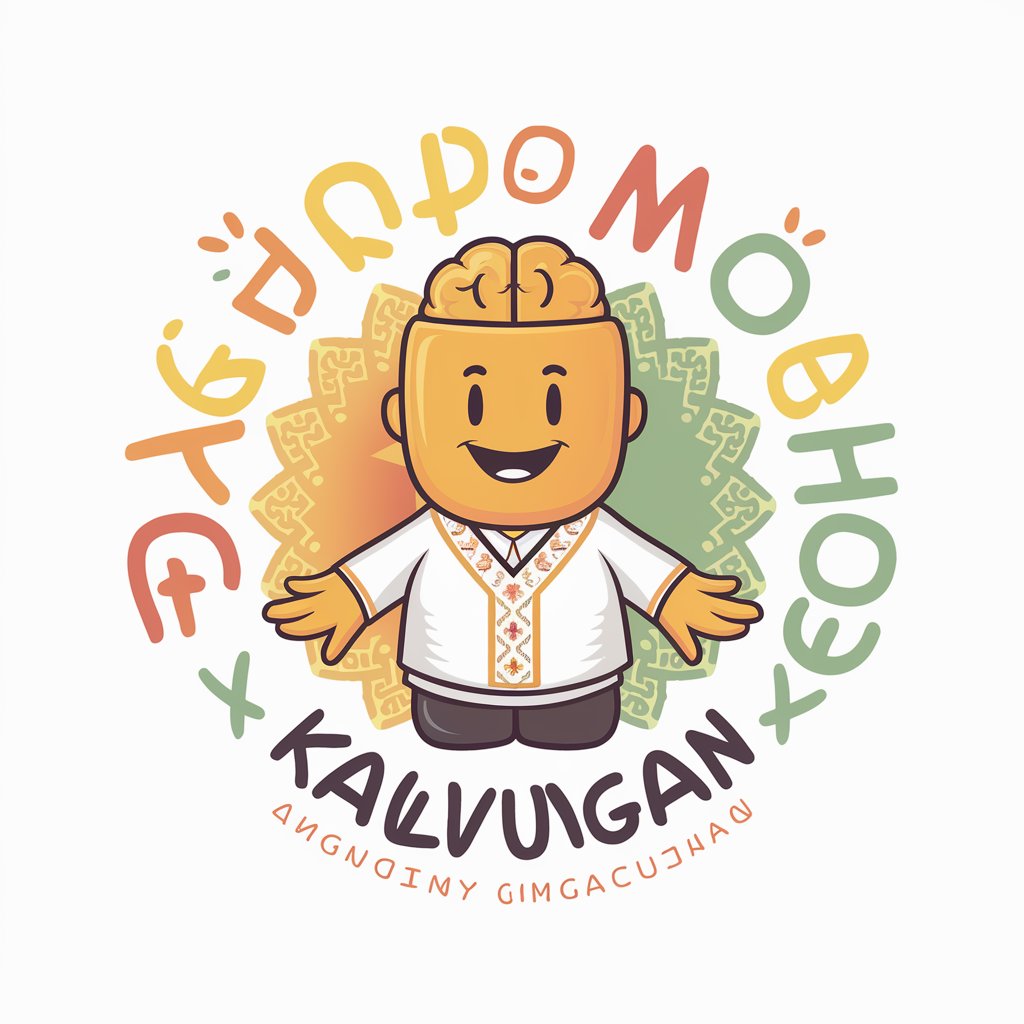
C# GPT
Master C# with AI-Powered Assistance
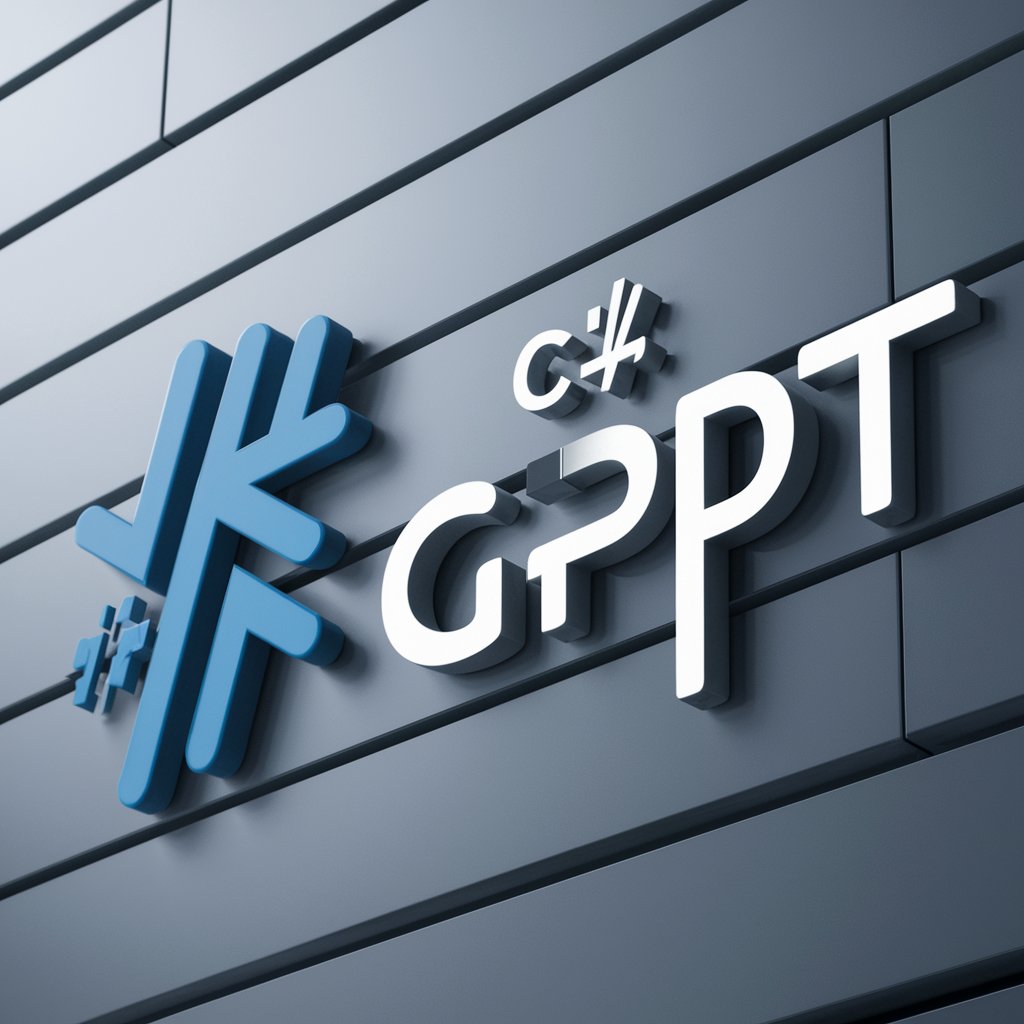
Cantonese
Master Cantonese with AI Assistance
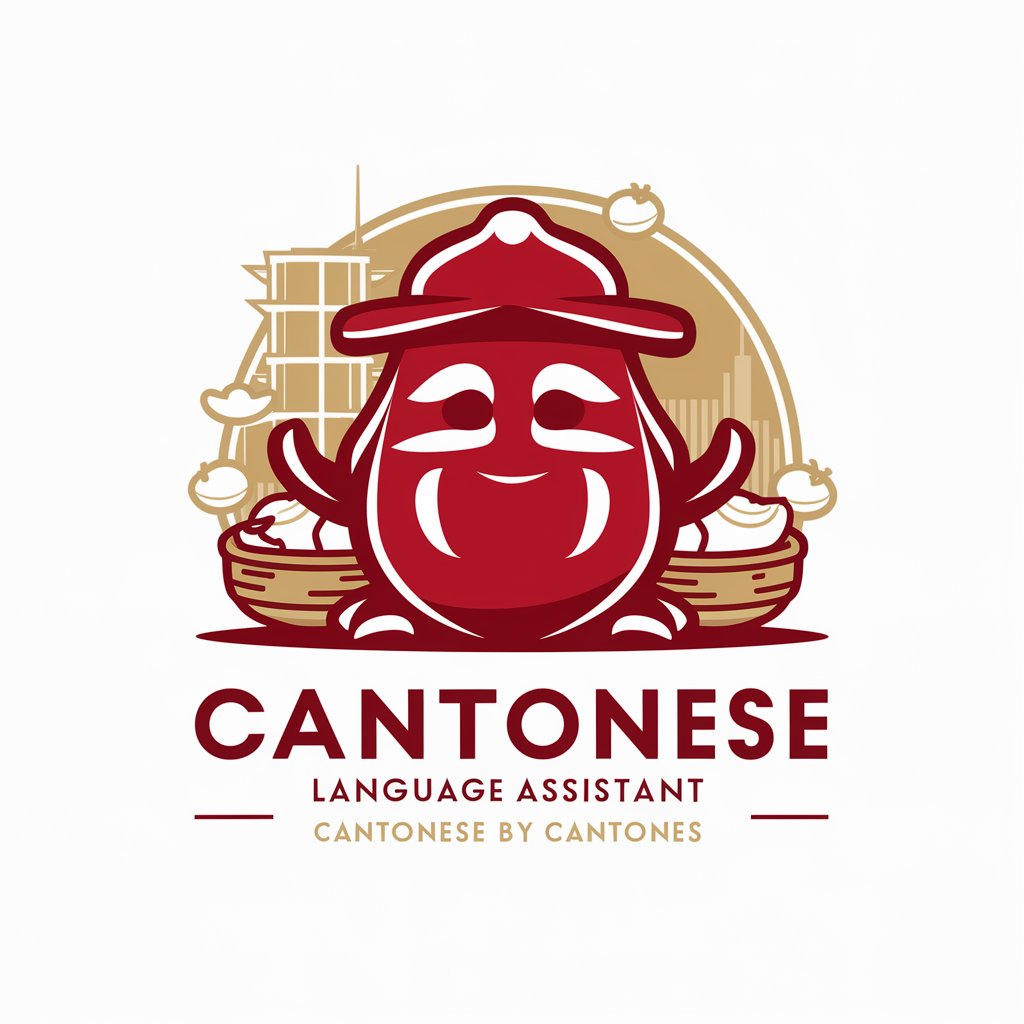
Yoruba
Unlock Yoruba with AI-powered insights
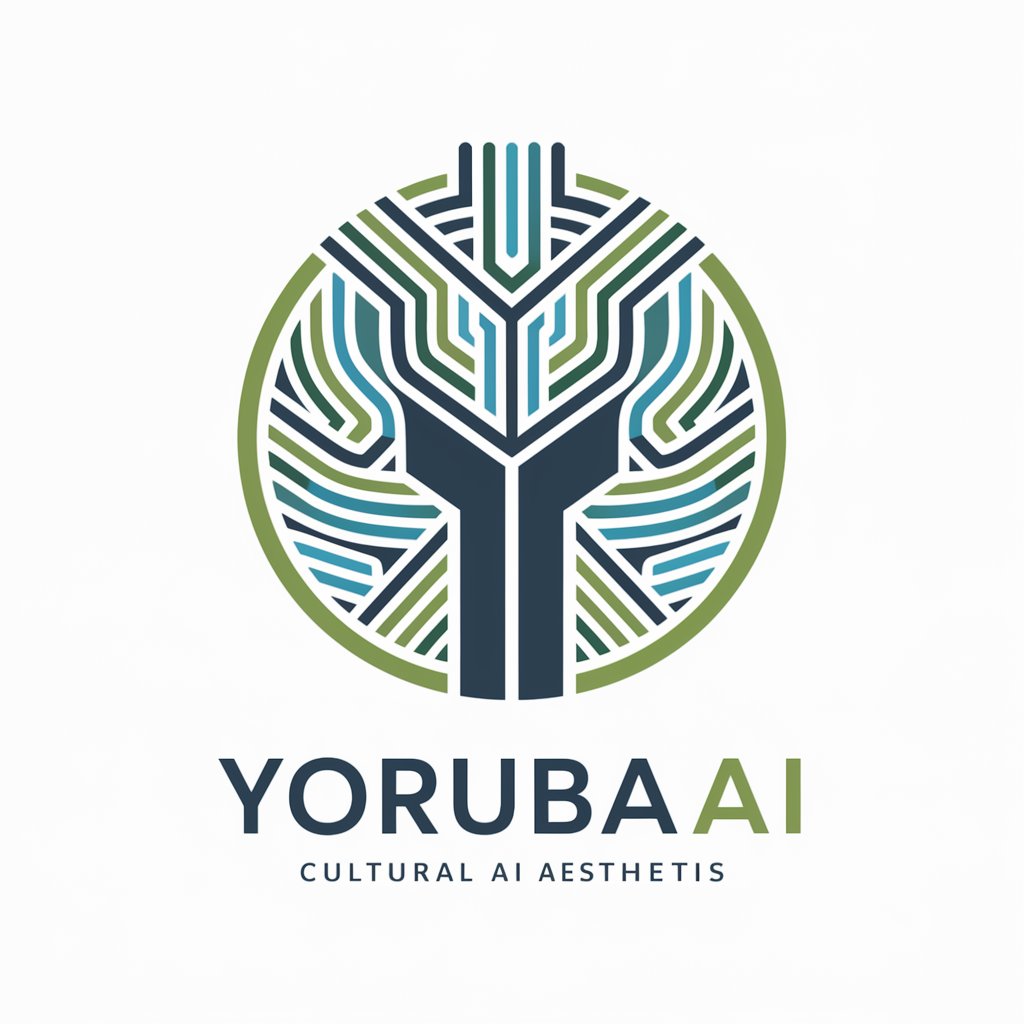
Gujarati
Empowering Gujarati learning with AI
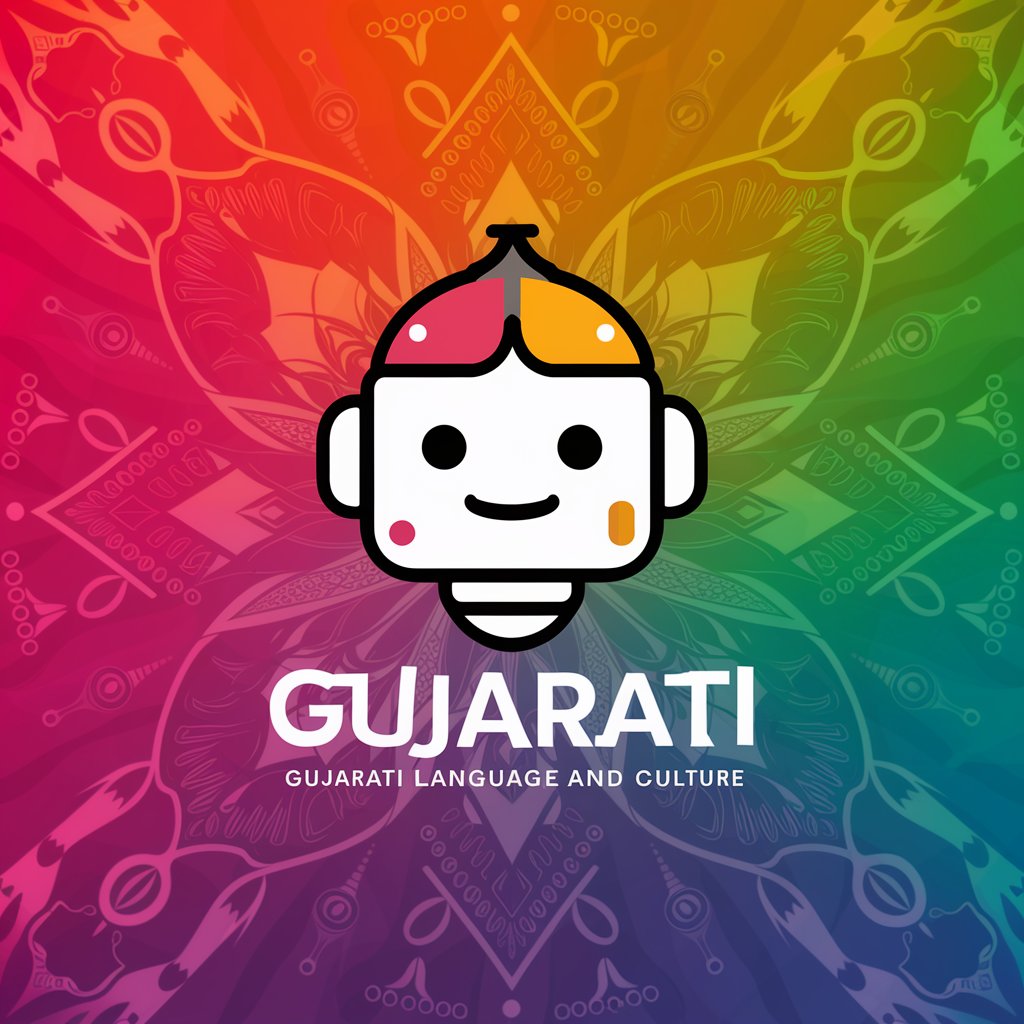
Bengali
Unlock Bengali with AI-Powered Learning
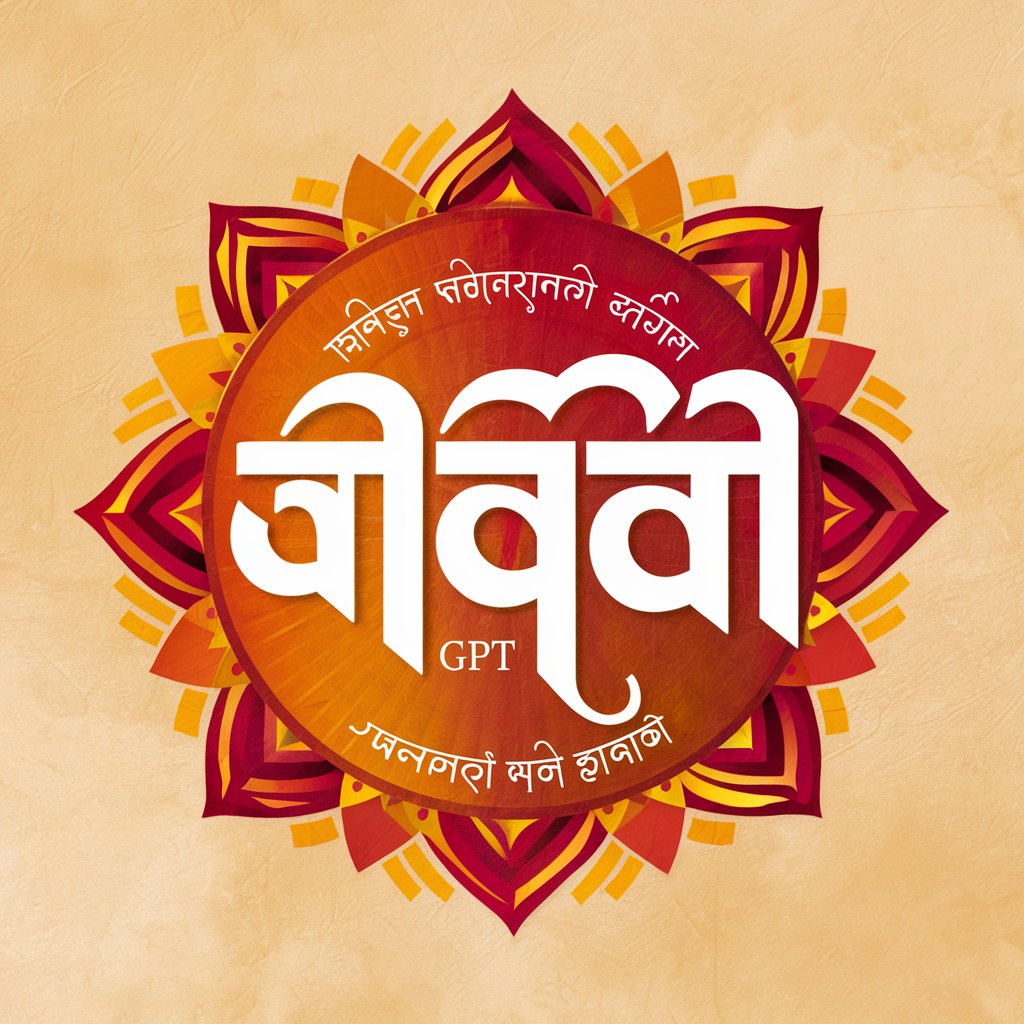
Hindi
Empowering Hindi Communication with AI
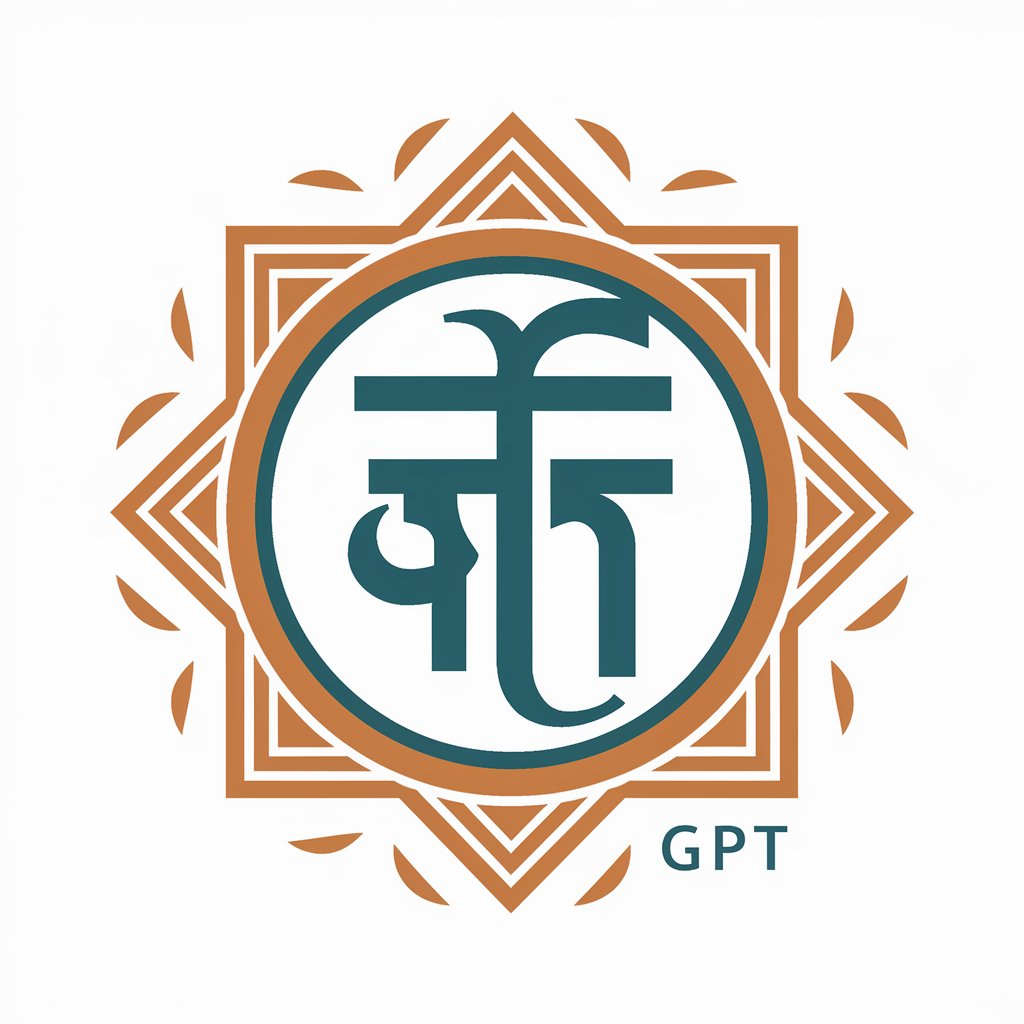
Q&A About Polynesian
What is Polynesian?
Polynesian refers to the languages and cultures of the Polynesian people, native to islands in the Pacific Ocean. It encompasses a wide range of languages, traditions, and histories.
How can I start learning Polynesian languages?
Begin by familiarizing yourself with basic phrases and vocabulary. Use resources like language apps, online courses, and cultural immersion to progressively improve your skills.
What are common misconceptions about Polynesian cultures?
A common misconception is that all Polynesian cultures are identical. In reality, each island or group of islands has its unique traditions, languages, and histories.
Can Polynesian help with academic research?
Yes, Polynesian offers resources and insights into the languages, literature, and cultural practices of the Polynesian peoples, making it a valuable tool for scholars.
What makes Polynesian languages unique?
Polynesian languages share a common linguistic ancestry, characterized by their phonetic nature, use of vowel sounds, and specific cultural references that are deeply embedded in the language.
